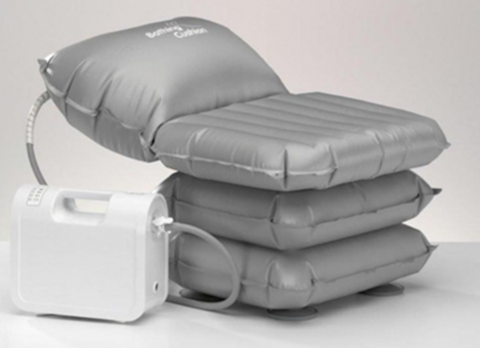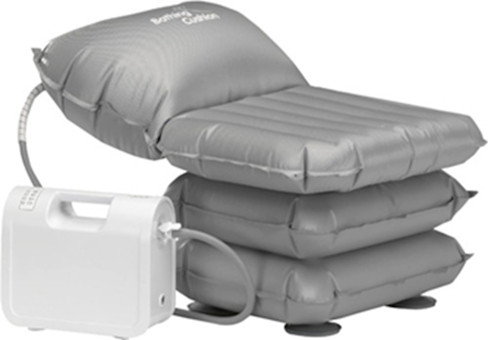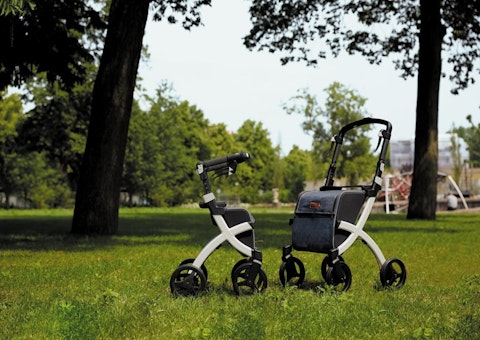
14 Apr 2025
For Help and Advice call: 01524 888453
Our blog17 Mar 2025
Finding the right walking aid can significantly improve mobility, balance, and independence for individuals with mobility challenges. Whether you need support due to age, injury, or a long-term condition, choosing the correct aid can enhance safety, confidence, and daily comfort. With so many options available, it's important to understand which walking aid best suits your needs.
There are various mobility aids designed to provide different levels of support. Understanding their unique features will help you select the most suitable option.
Best for: Individuals with mild balance issues or slight weakness in one leg.
Walking sticks offer basic support by reducing pressure on the legs and improving stability. They are available in various designs, including:
Best for: Individuals recovering from injuries or those needing additional support for one or both legs. Crutches help transfer weight from the legs to the upper body, reducing pressure on weak or injured limbs. The two main types are:
Best for: People with significant balance issues or limited lower-body strength.
Walking frames provide a sturdy, supportive structure that surrounds the user for added security. Options include:
Best for: Individuals who can walk but need extra support and occasional rest breaks.
A rollator walker has four wheels, brakes, and a built-in seat, making it an excellent choice for both indoor and outdoor use. They often feature:
With so many options, it's important to consider your mobility level, environment, and physical strength when choosing a walking aid.
Selecting a walking aid tailored to your needs can make daily activities easier, reduce the risk of falls, and boost confidence. The right support enhances independent living, allowing you to move around safely without constant assistance.
Before purchasing a walking aid, consult with a physiotherapist or occupational therapist to ensure you choose the best option. They can assess your mobility and recommend the most suitable aid based on your specific condition and lifestyle.
At Better Independent Living, we offer a range of high-quality walking aids designed to improve mobility, stability, and independence. Explore our selection today to find the perfect support for your needs.
14 Apr 2025
04 Apr 2025
27 Mar 2025

